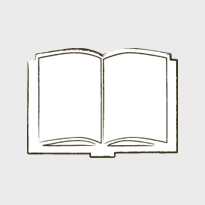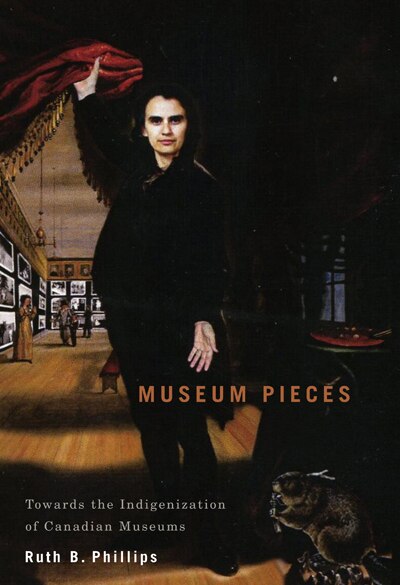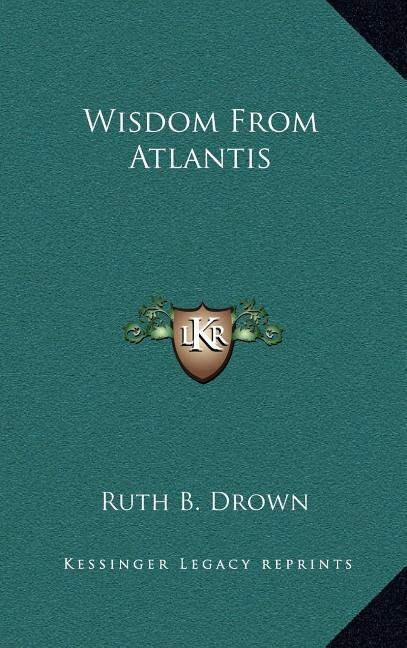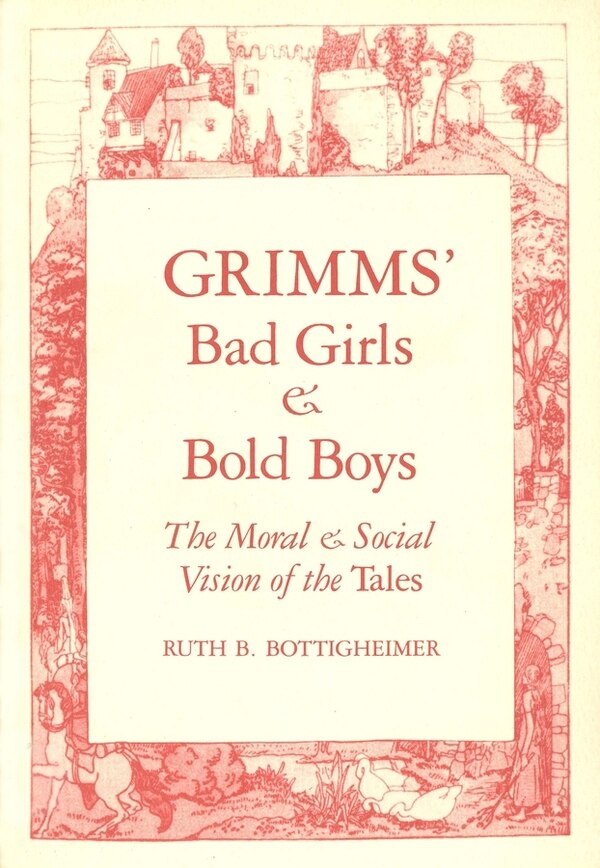Home
Trading Identities by Ruth B. Phillips, Paperback | Indigo Chapters
Loading Inventory...
Indigo
Trading Identities by Ruth B. Phillips, Paperback | Indigo Chapters
From Ruth B. Phillips
Current price: $49.95


Indigo
Trading Identities by Ruth B. Phillips, Paperback | Indigo Chapters
From Ruth B. Phillips
Current price: $49.95
Loading Inventory...
Size: 1 x 9.3 x 1120
*Product information may vary - to confirm product availability, pricing, shipping and return information please contact Indigo
Tourist art of the eighteenth and nineteenth centuries is generally of high quality and great aesthetic interest. Yet scholars have largely ignored these objects because their incorporation of Euro-North American influences, in both forms and motifs, has led to their dismissal as commercial, acculturated, and inauthentic. This exclusive location of authenticity and value in an idealized past silences the creative responses of Aboriginal people to repressive official policies of directed acculturation and denies their full participation in historical modernity. Throughout the eighteenth and nineteenth centuries the production, sale, and consumption of tourist art constituted a system for the circulation of objects within which images of Indianness were negotiated. To produce marketable commodities, Aboriginal people constructed images of themselves that mediated European notions of the savage, the natural, and the primitive. By accepting this imagery, colonizers and settlers naturalized their own identities as the rightful successors to the -Indians. While stereotypes of Indianness were being transported into parlours and bed chambers, the objects made for sale were also influencing the things Aboriginal people made for their own use. The beaded purses, pincushions, and shopping baskets brought Euro-American styles and concepts into Aboriginal communities, together with associated ideas of gender roles and domestic organization. An innovative combination of fieldwork, art historical analysis, and historical contextualization, this study is the first rigorous comparison of Native souvenir production with a wide range of Euro-American decorative arts and home crafts to identify the sources of object types and styles and revealing the innovative difference displayed by Aboriginal trade wares. Images newly uncovered in archives and travel literature - including depictions of Native vendors and makers - illustrate the book, along with never before displayed or published objects from museum collections in Europe and North America. | Trading Identities by Ruth B. Phillips, Paperback | Indigo Chapters














